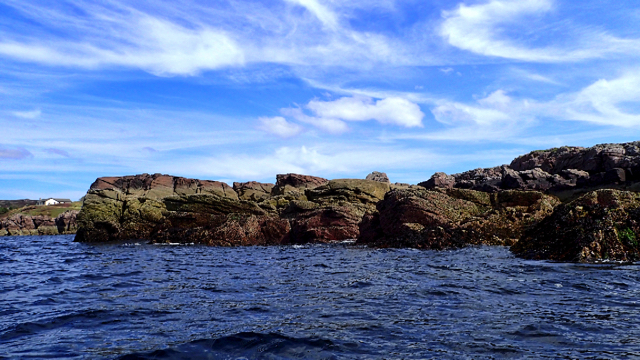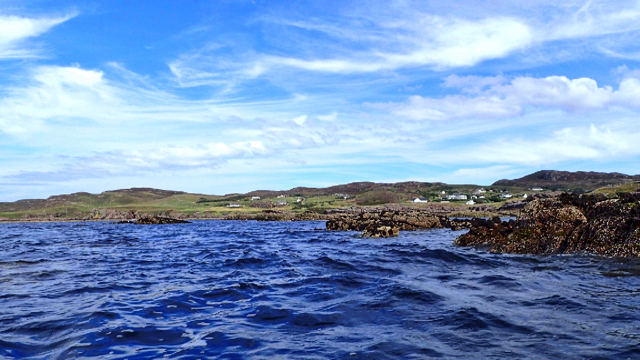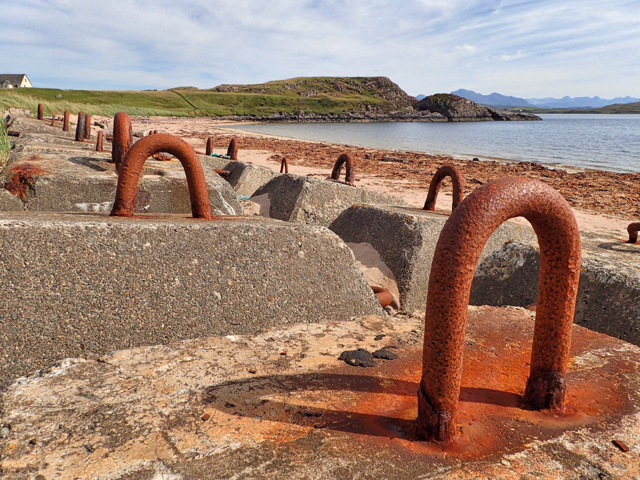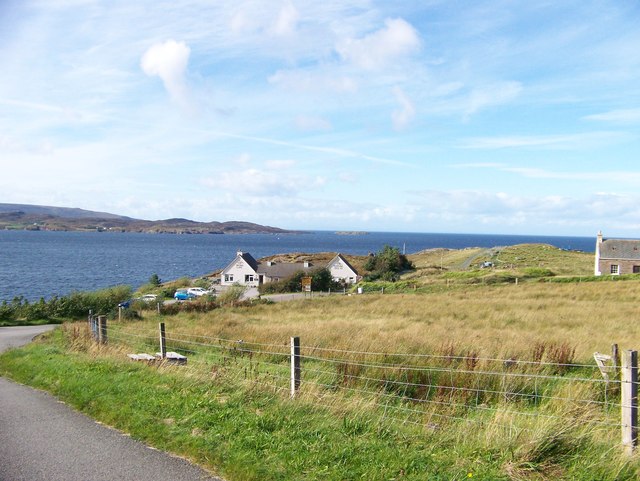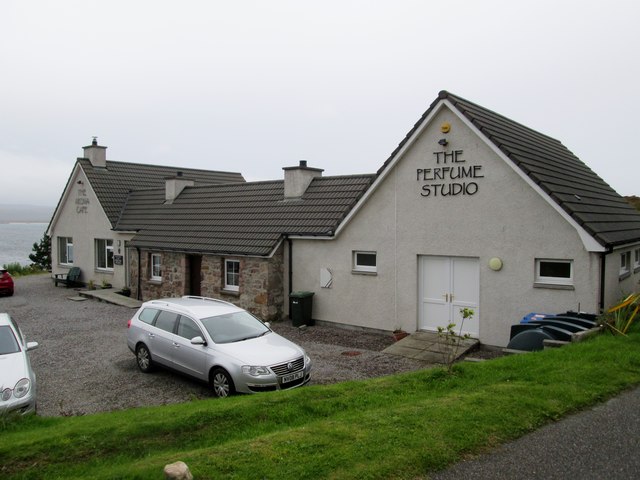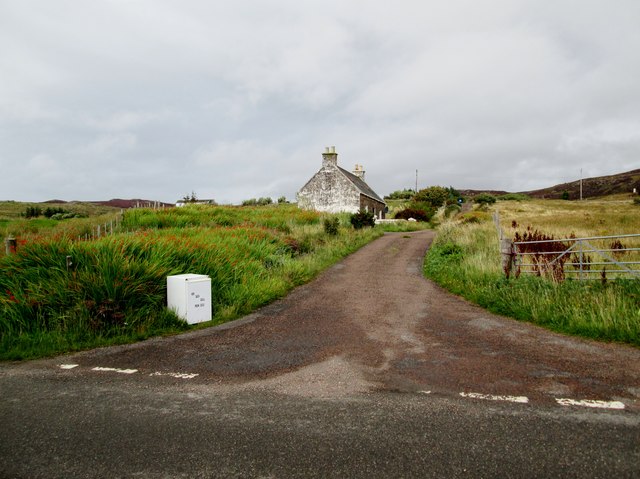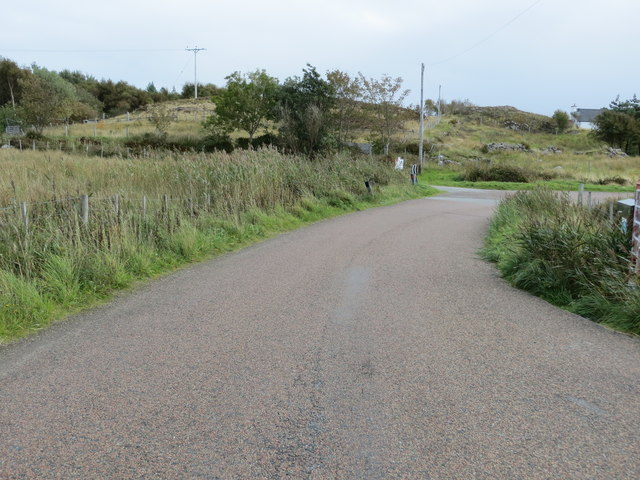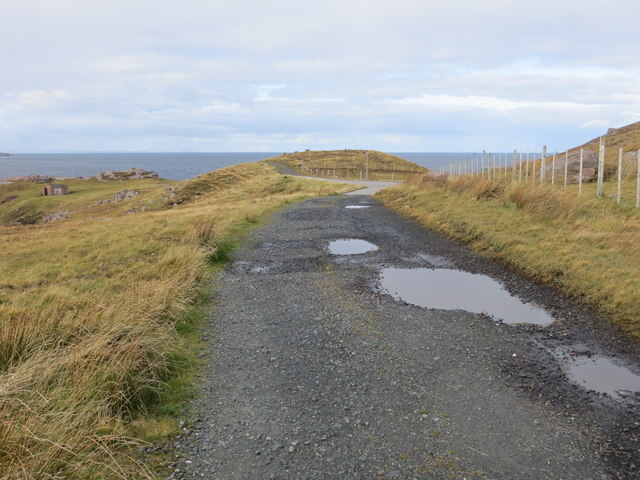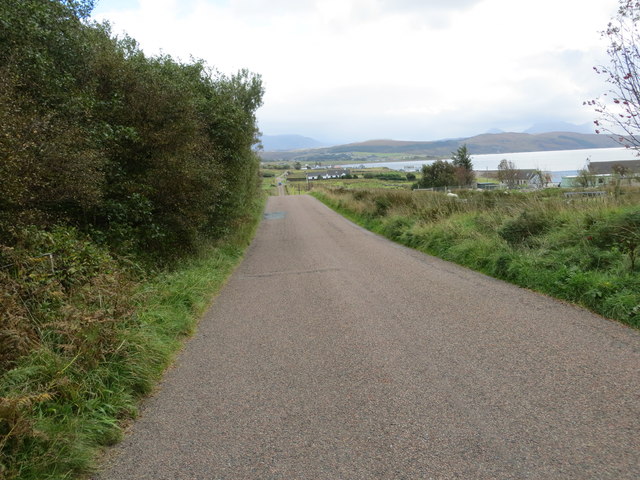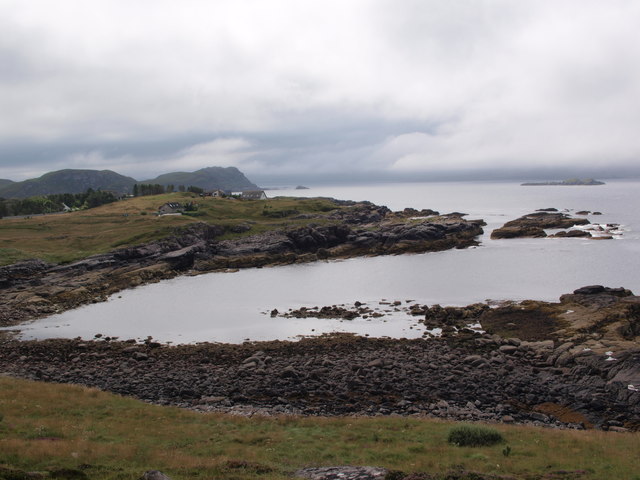Leac Dhubh
Coastal Feature, Headland, Point in Ross-shire
Scotland
Leac Dhubh

Leac Dhubh is a prominent coastal feature located in Ross-shire, Scotland. This headland, also known as a point, is situated along the rugged and picturesque coastline of the Scottish Highlands. With its striking cliffs and breathtaking views, Leac Dhubh offers visitors a mesmerizing glimpse into the natural beauty of the region.
The headland is characterized by its steep and jagged cliffs, which rise dramatically from the sea, providing a spectacular vantage point for nature enthusiasts. These cliffs are composed of various rock formations, including sandstone and granite, which have been shaped by centuries of erosion caused by the crashing waves of the North Atlantic Ocean.
Leac Dhubh is also home to a diverse array of wildlife. The headland serves as an important breeding ground for seabirds, including puffins, razorbills, and guillemots. Visitors can often spot these magnificent creatures soaring above the cliffs or nesting in the crevices.
In addition to its natural beauty, Leac Dhubh also holds historical significance. The headland was once a strategic lookout point during various conflicts that took place in the area. Ruins of ancient fortifications can still be seen atop the cliffs, serving as a reminder of the region's rich history.
Access to Leac Dhubh is relatively easy, with a well-maintained path leading visitors to the headland. Once there, visitors can explore the area on foot, taking in the awe-inspiring views and immersing themselves in the tranquility of the Scottish Highlands.
If you have any feedback on the listing, please let us know in the comments section below.
Leac Dhubh Images
Images are sourced within 2km of 57.868783/-5.6458529 or Grid Reference NG8392. Thanks to Geograph Open Source API. All images are credited.
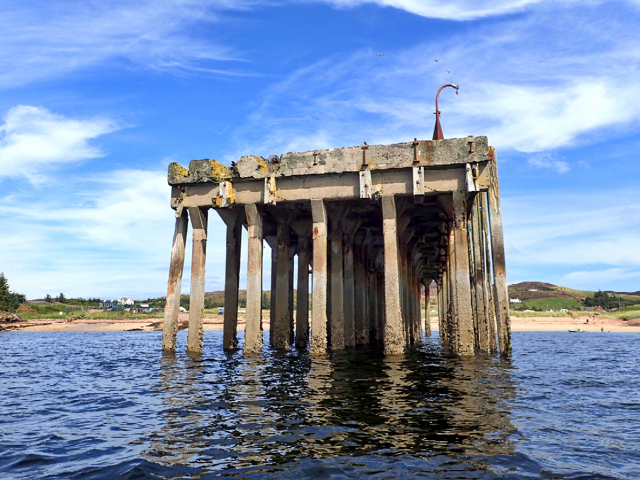

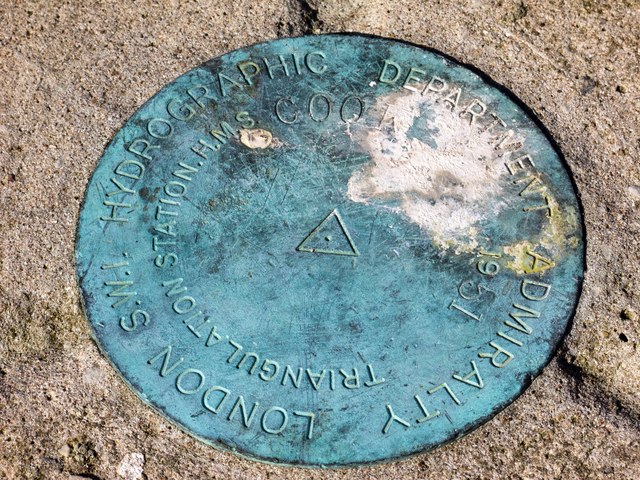
Leac Dhubh is located at Grid Ref: NG8392 (Lat: 57.868783, Lng: -5.6458529)
Unitary Authority: Highland
Police Authority: Highlands and Islands
What 3 Words
///civil.mops.engrossed. Near Gairloch, Highland
Nearby Locations
Related Wikis
Mellon Charles
Mellon Charles (Scottish Gaelic: Meallan Theàrlaich) is a remote crofting village on the north east shore of Loch Ewe near Gairloch in Wester Ross, in...
Ormiscaig
Ormiscaig (Scottish Gaelic: Ormasgaig) is a remote crofting village on the north east shore of Loch Ewe in Achnasheen, Ross-shire, Scottish Highlands and...
Rubha Mòr
Rubha Mòr is a remote peninsula in west Scotland, in the western region of Ross and Cromarty. The peninsula stretches from Greenstone Point in the north...
Cove, Highland
Cove is a remote hamlet located on the northwestern shore of the sea loch Loch Ewe, and 8 mi (13 km) northwest of Poolewe in Ross-shire, Scottish Highlands...
Nearby Amenities
Located within 500m of 57.868783,-5.6458529Have you been to Leac Dhubh?
Leave your review of Leac Dhubh below (or comments, questions and feedback).
